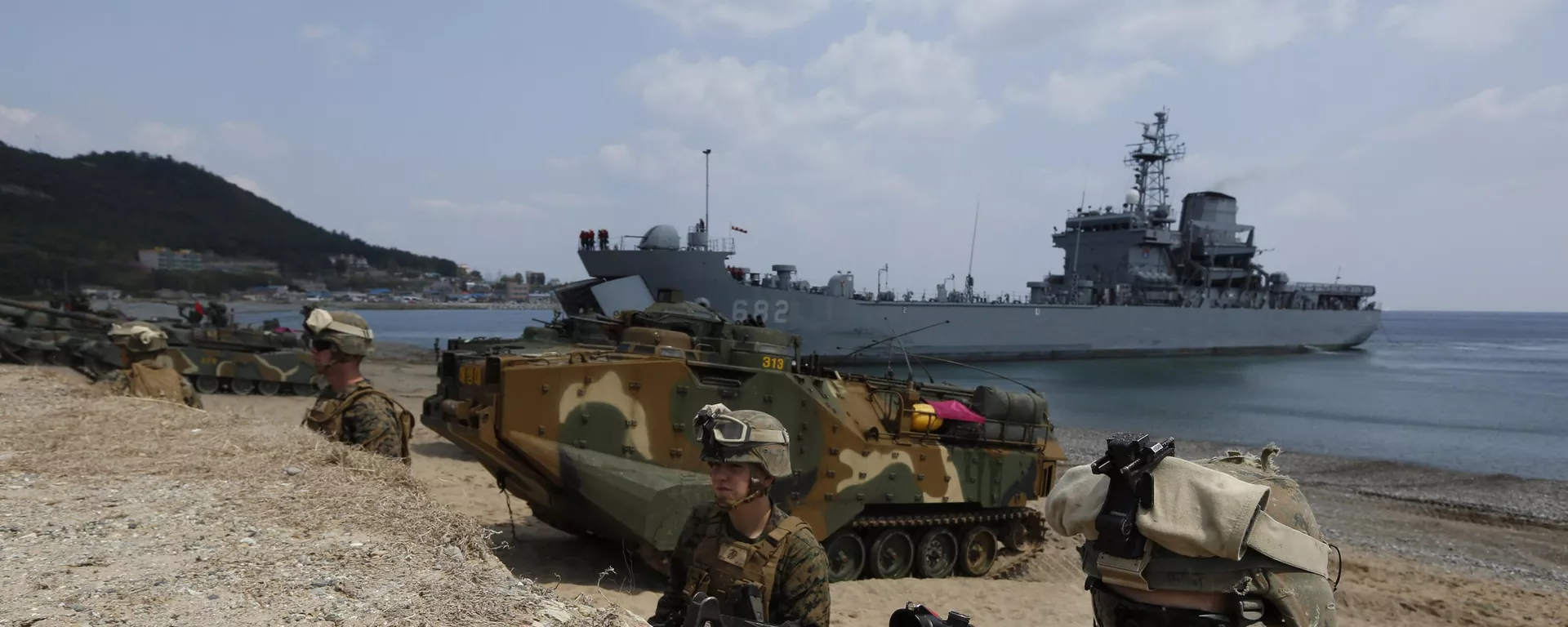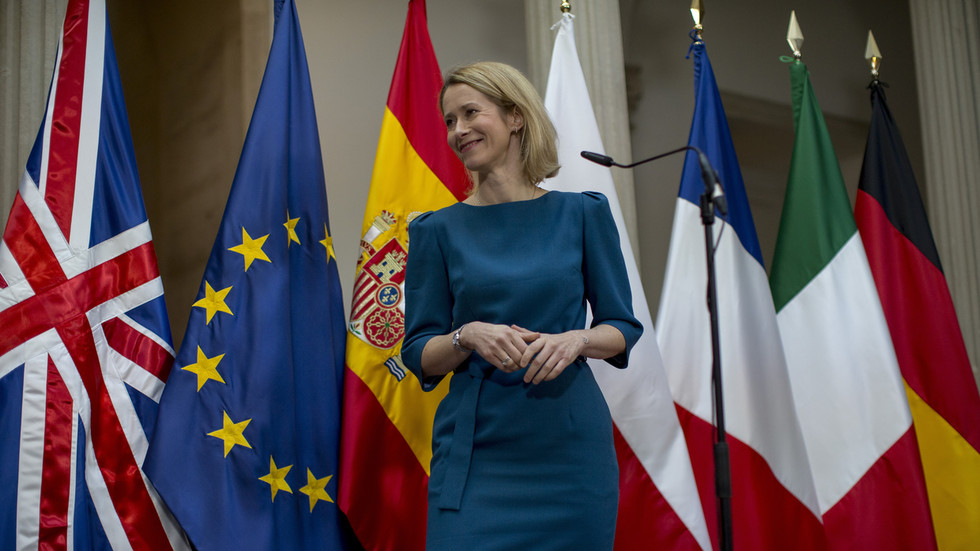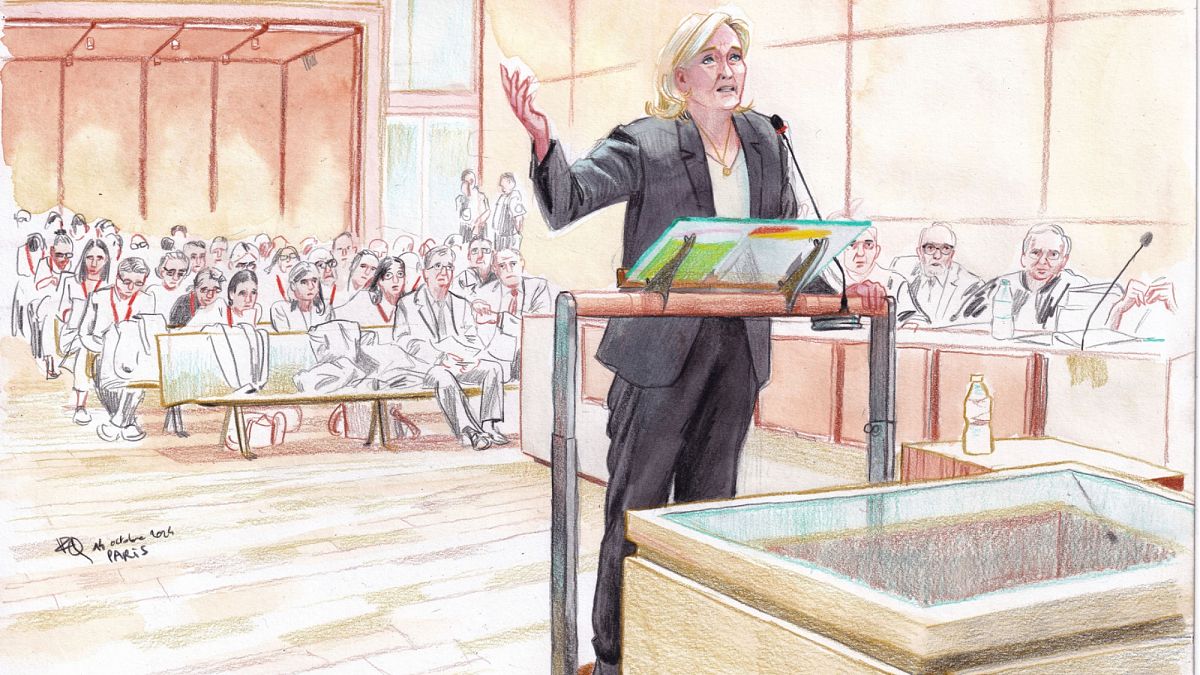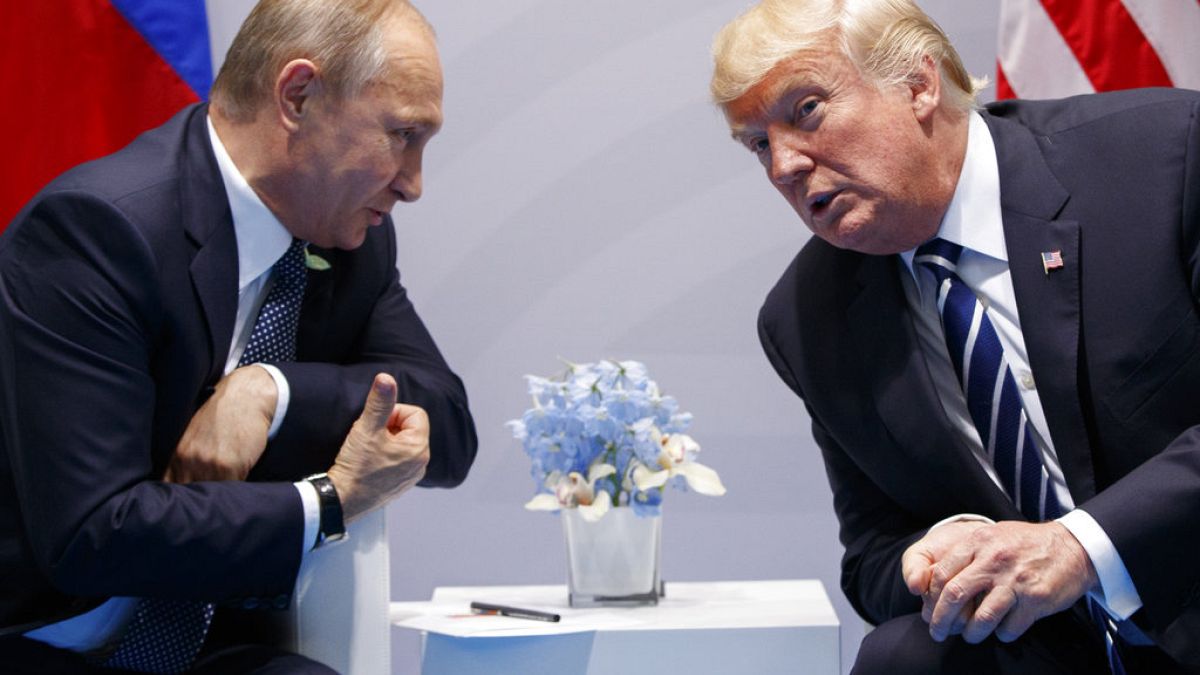Tajikistan's President Emomali Rahmon and Kyrgyzstan's President Sadyr Japarov ratified the deal on 13 March in Bishkek.
Crowds gathered on the border between Kyrgyzstan and Tajikistan, waiting to cross it for the first time since 2021.
People could finally be reunited with their family members after President of Tajikistan Emomali Rahmon and President of Kyrgyzstan Sadyr Japarov signed a border agreement on 13 March in Bishkek, putting an end to decades of disputes and intensifying conflict.
“The border treaty will create a solid foundation for further comprehensive expansion of our interstate relations and open a new page in Tajik-Kyrgyz relations,” said Rahmon.
“The signing of the border agreement between Kyrgyzstan and Tajikistan will become a landmark historical event," the Kyrgyz President added.
"This step will make a significant contribution to strengthening security, stability and sustainable development not only of our states, but also of the entire Central Asian region."
The border between the two countries, which had been disputed for years, was closed in 2021 following violent clashes.
A tumultuous history
Negotiations over the 1000-kilometre frontier lasted 23 years.
Although the countries managed to agree to some border sections in mountainous areas, they were divided on how to split pasture land and water resources.
Local disputes led to road blockades, stone-throwing and clashes that frequently drew in border guards.
The local nature of the clashes lasted up until 2021, when, for the first time, heavy military equipment was involved.
A dispute over a water-intake station developed into a conflict, which resulted in 55 dead and 300 wounded on both sides.
As a result, both countries closed their borders and stopped air travel to the other.
Tensions flared again in September 2022 in what became the most severe confrontation to date.
Both sides accused the other of attacking first, killing civilians and breaking ceasefire promises.
Kyrgyzstan reported 59 dead and 198 wounded, while Tajikistan reported 41 dead and 100 wounded. The violence also forced Kyrgyzstan to evacuate 136,000 people due to shelling.
This clash became a wake-up call and a push to renew border negotiations, which still proved to be complicated.
Both sides wanted to adhere to maps that favoured them.
Tajikistan hoped to follow the 1924-1927 maps, which were created when the Soviet Union first started to determine the borders of all Central Asian states.
The Kyrgyz, however, advocated for more recent maps, including those created when the Commonwealth of Independent States (CIS) was formed.
The problem was compounded by the fact that Tajikistan has two enclaves in the Kyrgyz territory – Vorukh and Kayragach.
As part of the new agreement, some of this land was given to Kyrgyzstan in exchange for other territory.
Kamchybek Tashiev, head of Kyrgyzstan’s national security committee and lead negotiator in the border talks, noted that both parties made concessions because “the border issue should never be resolved in favour of only one side”.
As a result of the negotiations, the countries exchanged around 25 square kilometres of land, while some roads and areas were designated as neutral zones for shared use.
A new era of cooperation
Along with the border agreement, the two leaders signed 15 cooperation deals, which included matters such as road access and the use of strategic water resources.
Air travel between the countries was renewed the next day.
The new agreement, which resolves the last territorial dispute in Central Asia, is expected to enhance stability and security in the region while opening transit routes and scaling up trade.

 4 days ago
6
4 days ago
6






 We deliver critical software at unparalleled value and speed to help your business thrive
We deliver critical software at unparalleled value and speed to help your business thrive






 English (US) ·
English (US) ·